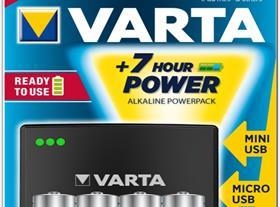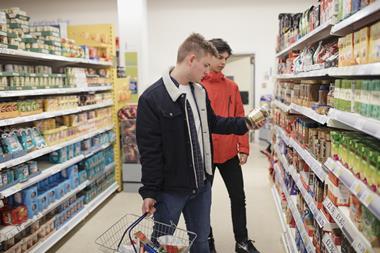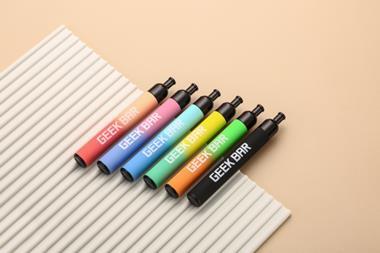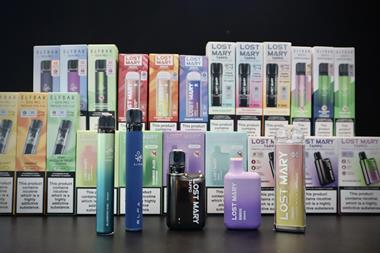The battery market continues to lose power. The category’s 1.4% dip in value might not be the most shocking in this year’s Top Products survey, but the headline figure has been flattered by an 8.2% hike in the average price of a battery to 77p, which depressed volumes a whopping 8.8%.
The price hike is the result of a decision by many brand owners to cut back on deals to protect their increasingly flattened margins. “The battery market is not an expandable category and so promoting too heavily will only mortgage future sales at a lower price,” says Energizer marketing director Mandy Iswarienko. And, pleasingly for brand owners, own-label sales have fallen further.
That said, Energizer’s average price has in fact fallen 5.7%, helping the number two brand to gain ground on market leader Duracell. Distribution gains in Tesco and Asda also boosted Energizer, while a poor 2012 flatters year-on-year comparisons.
Duracell, meanwhile, has endured a severe bruising with volumes plummeting at more than three times the rate of value. But it’s fighting back by playing up what owner P&G calls the brand’s “superior credentials” over challengers. One of the few battery brands to advertise above the line, in July it launched a campaign starring athlete James Cracknell.
“Duracell’s consumer communication is centred on driving a longer-lasting power message, to ensure that poor products don’t generate a poor-quality impression of the category as a whole,” says Duracell brand manager Menna Zaghloul.

Of course the gulf between Duracell and the rest of the field remains huge - the brand’s loss in value of £7.6m is greater than third-placed Panasonic’s total sales through the supermarkets - but the challengers’ rate of growth must surely be enough to cause a few furrowed eyebrows.
Panasonic has been boosted by new listings in Morrisons and Waitrose and a focus on improvements to the brand’s range, says sales manager Tim Clark. “NPD tends to be evolutionary rather than revolutionary,” he says, as the big brands have been focusing on “the three most important consumer criteria for battery purchase”: long-lasting cells, no leakage and long shelf life.
Duracell, Panasonic and Energizer are all now pushing products with a 10-year shelf-life. But with so little to separate the big brands, it’s perhaps surprising that research by Energizer found that for 61% of shoppers, brand matters more than price in batteries.
Savvy merchandising is one way brands are looking to steal a march. With about 50% of home battery use driven by toys, torches and remote controls, Varta is paying for placements alongside such products. “There are strong opportunities in cordless phones, electric toothbrushes, and smoke alarms,” says sales & marketing director Anthony Sewart.
Mobile phones and tablets offer further opportunities. For example, Panasonic launched its Portable Power range in June. “We’re demanding more power-hungry technology,” says Clark. “Often these devices run out of power partway through the day. ”
Providing that power could help put the spark back in batteries.
Read The Grocer’s full Top Products Survey.
Top launch: Varta Alkaline Powerpack Varta

As tablet and mobile phone ownership soars, and the demands placed on those devices rise, the need for power on the go is becoming ever more acute. Battery brands are waking up to the potential of the charger market, with Varta launching an Alkaline Powerpack (rsp: £9.99) that runs off four AA batteries. The Powerpack works with Apple, Samsung, Nokia and BlackBerry devices among others, and promises seven hours of talk time. “You’ll never be without power as long as you have batteries,” says sales and marketing director Anthony Sewart.









No comments yet